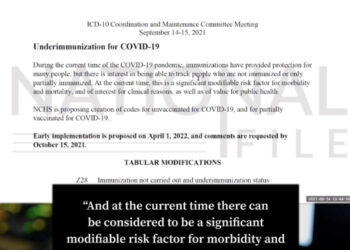Last Updated on April 29, 2022
President Biden on Thursday asked Congress for $33 billion in additional aid to Ukraine. Close to $13.6 billion was approved last month, but that is “almost exhausted,” according to President Biden.
“Basically, we’re out of money,” Biden said at the White House. “That’s why today, in order to sustain Ukraine as it continues to fight, I’m sending Congress a supplemental budget request.”
The White House has signaled that it is prepared for a prolonged conflict in Ukraine and has vowed to increase lethal aid. Billions of dollars’ worth of weapons and equipment have already been sent to the county, though it is unclear how effective this has been. The White House admitted last month that it doesn’t know for certain where the weapons are going or what effect they are having.
The Biden Administration has accused Russia of “genocide” in Ukraine and has vowed to provide lethal aid for as long as possible.
“This assistance would provide even more artillery, armored vehicles, anti-armor systems, anti-air capabilities that have been used so effectively thus far on the battlefield by the Ukrainian warriors,” Biden said. “This so-called supplemental funding addresses the needs of the Ukrainian military during the crucial weeks and months ahead. And it begins to transition to longer-term security assistance that’s going to help Ukraine deter and continue to defend against Russian aggression.”
The request includes $20.4 billion in military spending, including on arms transfers, $8.5 billion in cash for Ukraine’s government and $3 billion in humanitarian aid. Over 5 million people have fled the country since fighting erupted in late February. “It’s not cheap. But caving to aggression is going to be more costly if we allow it to happen,” Biden said.
Biden’s request for an additional $33 billion in aid to Ukraine would more than double what has been committed to this point.
Hours before the president’s request, first quarter economic data indicated that the U.S. GDP contracted by 1.4% in the period. Another month of contraction would officially place the U.S. economy in recession territory.





















